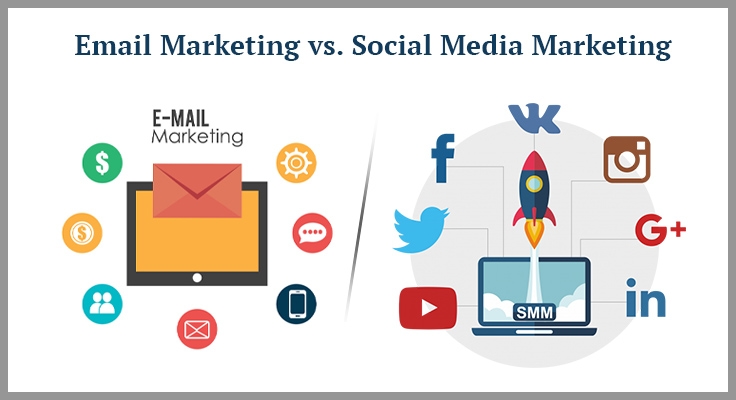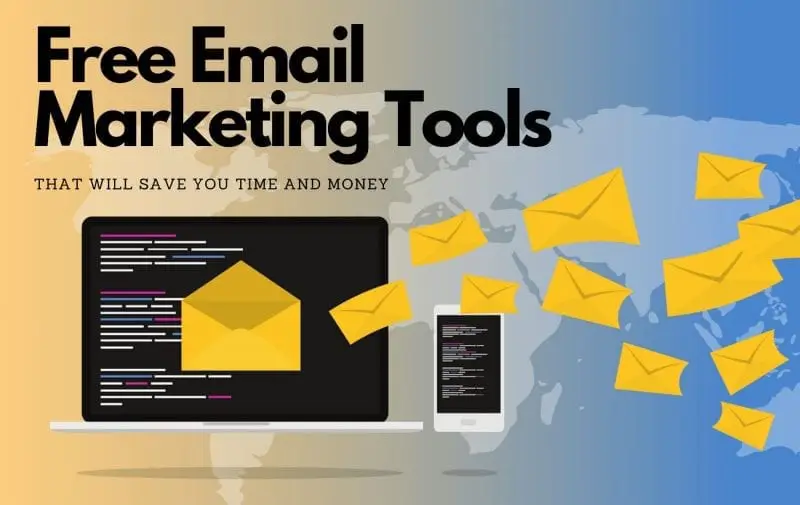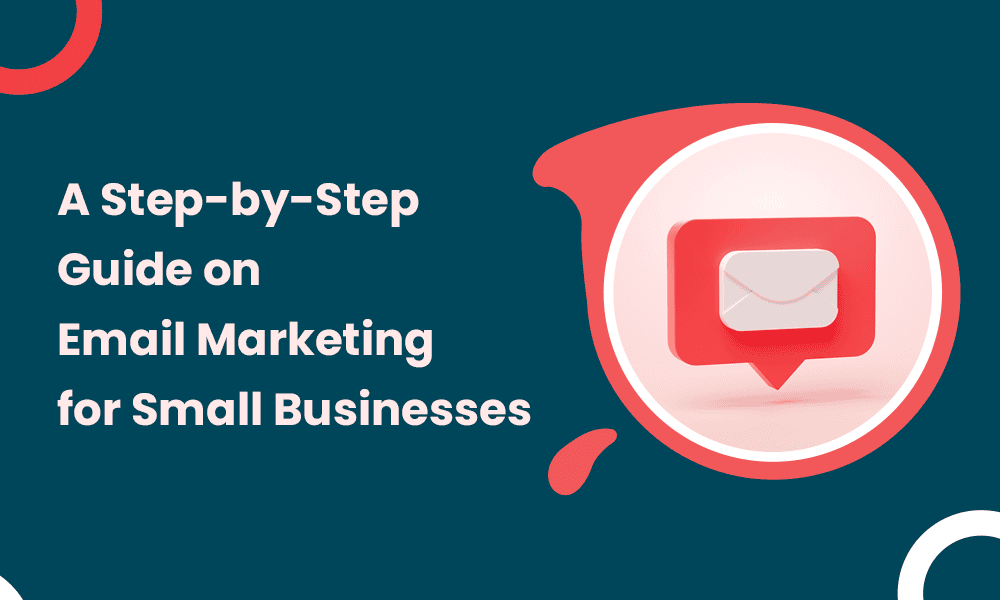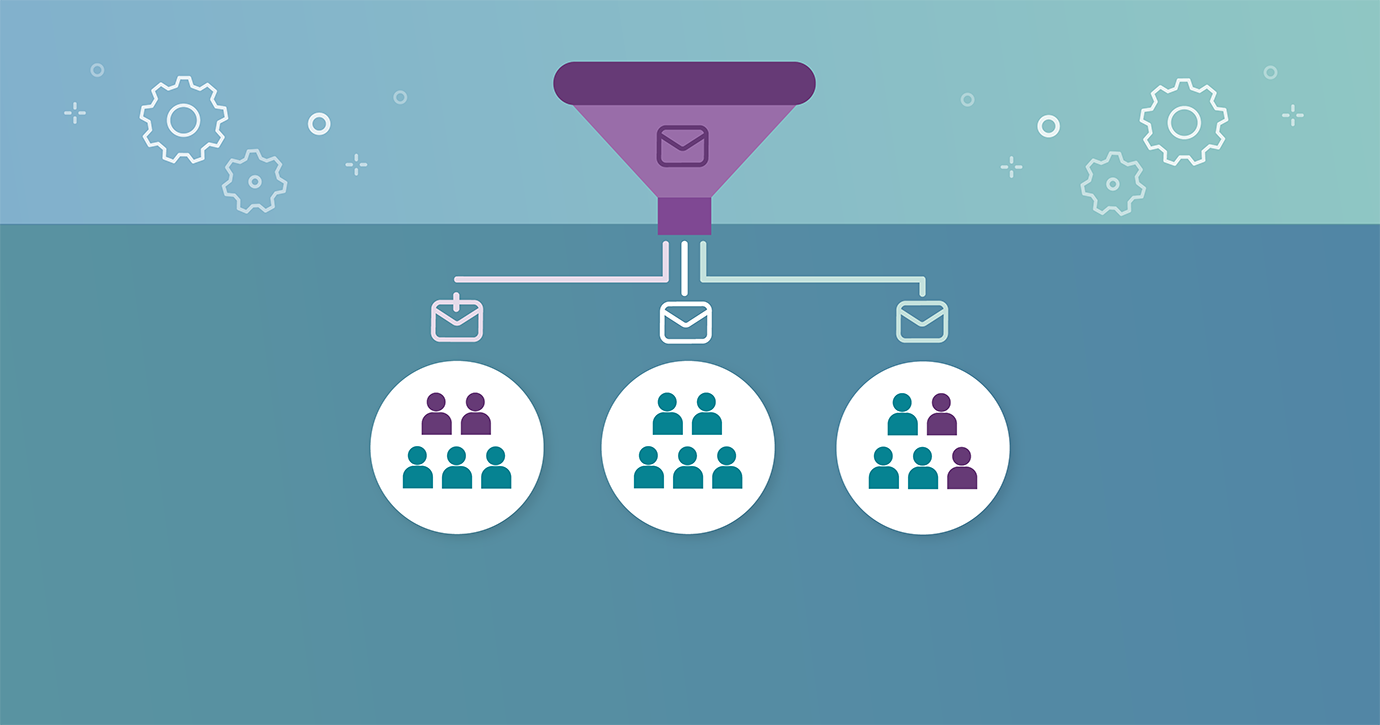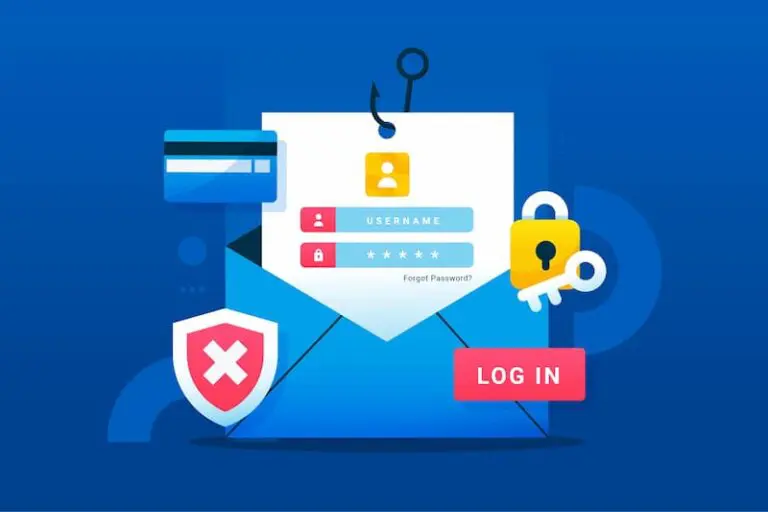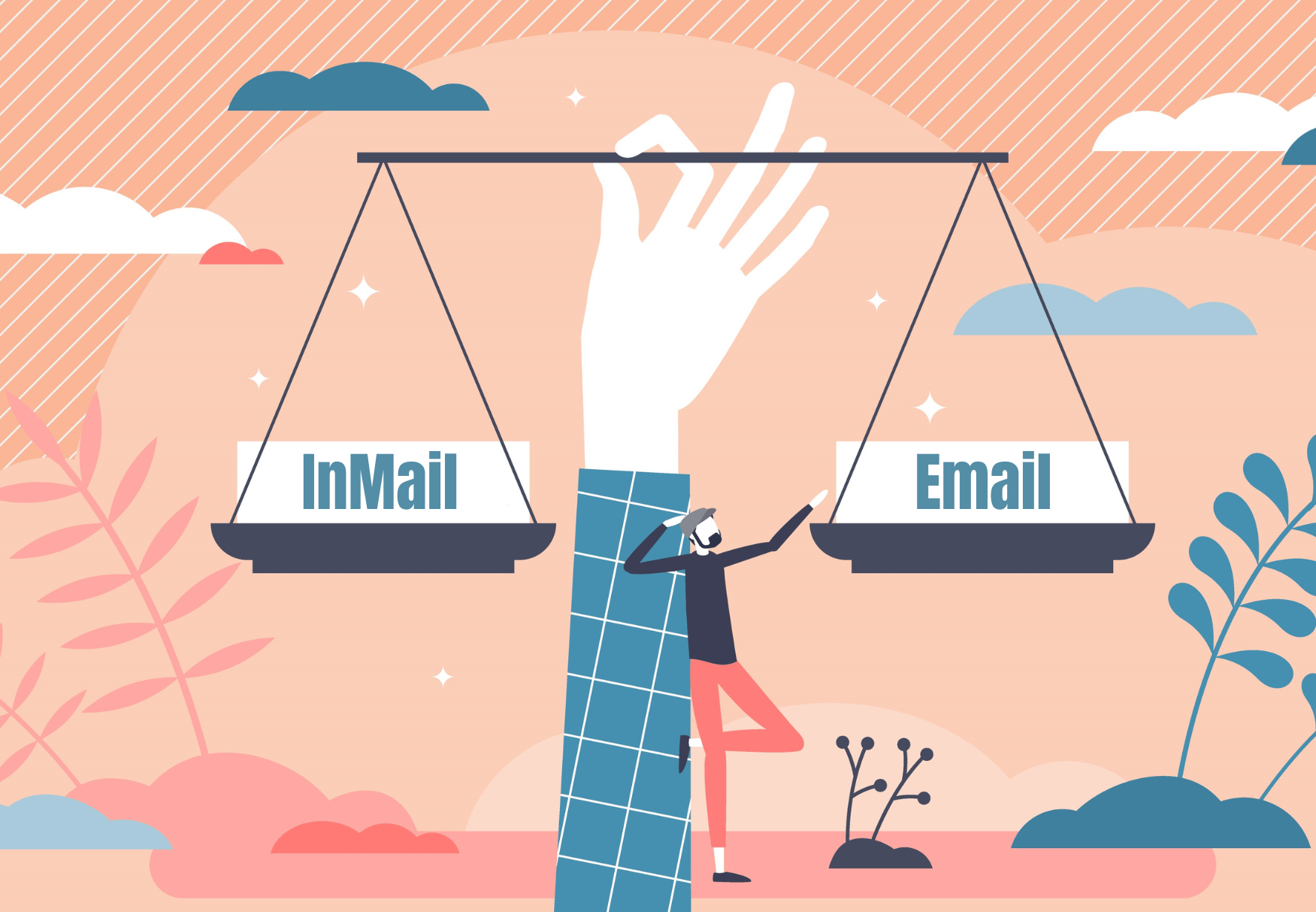Kasey Wiese understands that belts are often an overlooked accessory. As marketing communications manager and graphic designer at Arcade Belts, she’s reshaping that perception. While it’s not easy to get people excited about something that’s “never really seen,” she’s using strategy and creativity to build lasting connections.
Arcade Belts was founded seven years ago by David Bronkie, Tristan Queen, and Cody Townsend. Frustrated by uncomfortable belts during their ski trips, they created one that could bridge the gap between work and adventure. They set up shop near Squaw Valley Ski Resort in Olympia, CA, and launched an online store. Today, the brand has nine team members and distributes belts in over 1,200 retail locations across the U.S. and Canada.
Write substance, not clickbait
To boost email opens and online orders, Kasey focuses on subject lines and preheaders that inform and intrigue. “For me, the preheader’s important because it gives more information on why customers should open an email,” she explains.
Subject lines may get the spotlight, but preheaders work right alongside them—like a duo that tells a complete story. Many email clients show them together, offering a chance to provide more context and spark engagement.
“The text I use for the preheader depends on the type of campaign I’m sending, but it usually plays off the subject line or the content of the campaign,” Kasey notes.
She uses curiosity and urgency to drive clicks. While she hasn’t formally tested the impact of preheaders on conversions, she likes how the subject line and preheader read together like a complete sentence in her inbox. And no matter the style, there’s one rule: no clickbait.
Test your hypotheses
After reviewing campaign reports, co-founder Tristan Queen expressed concern over unsubscribes. But Kasey wasn’t worried. “‘We don’t want those people on our list, anyway,’ I told Tristan,” she recalls. “They don’t want to hear from us, and I’d rather they unsubscribe so we can have a more engaged list.”
She suspected that many unsubscribes came from users who joined solely for the 10% discount promoted in their website pop-up. To test this, she used a third-party tool to create two signup forms—one offering the discount, and one offering none—and randomized which visitors saw which form.
She then grouped subscribers by which form they used and sent both groups the same campaign. The result confirmed her theory: the discount group had a high unsubscribe rate, while the non-discount group saw none. The test gave the team better clarity on their subscriber base and showed the value of segmentation.
Consider your resources and look ahead
“We know our emails are turning a profit, and we’re going to continue to polish and make them great,” Kasey says. “But it’s going to be slow since we’re so small.”
Their approach reflects that reality. Kasey still sketches campaigns by hand in a notebook. She also runs A/B tests and shares blog posts to keep their audience engaged. They stay connected to their values, too—donating a portion of every quarter’s profits to nonprofits. During Thanksgiving weekend, they hosted their third-annual White Friday event, donating $5 per belt sold to Protect Our Winters.
Growth remains a priority. They plan to send a campaign asking subscribers to update their info, which will support better segmentation as their list expands. Whatever the future brings, Arcade Belts is committed to its roots—adventure, quality, and authenticity.
